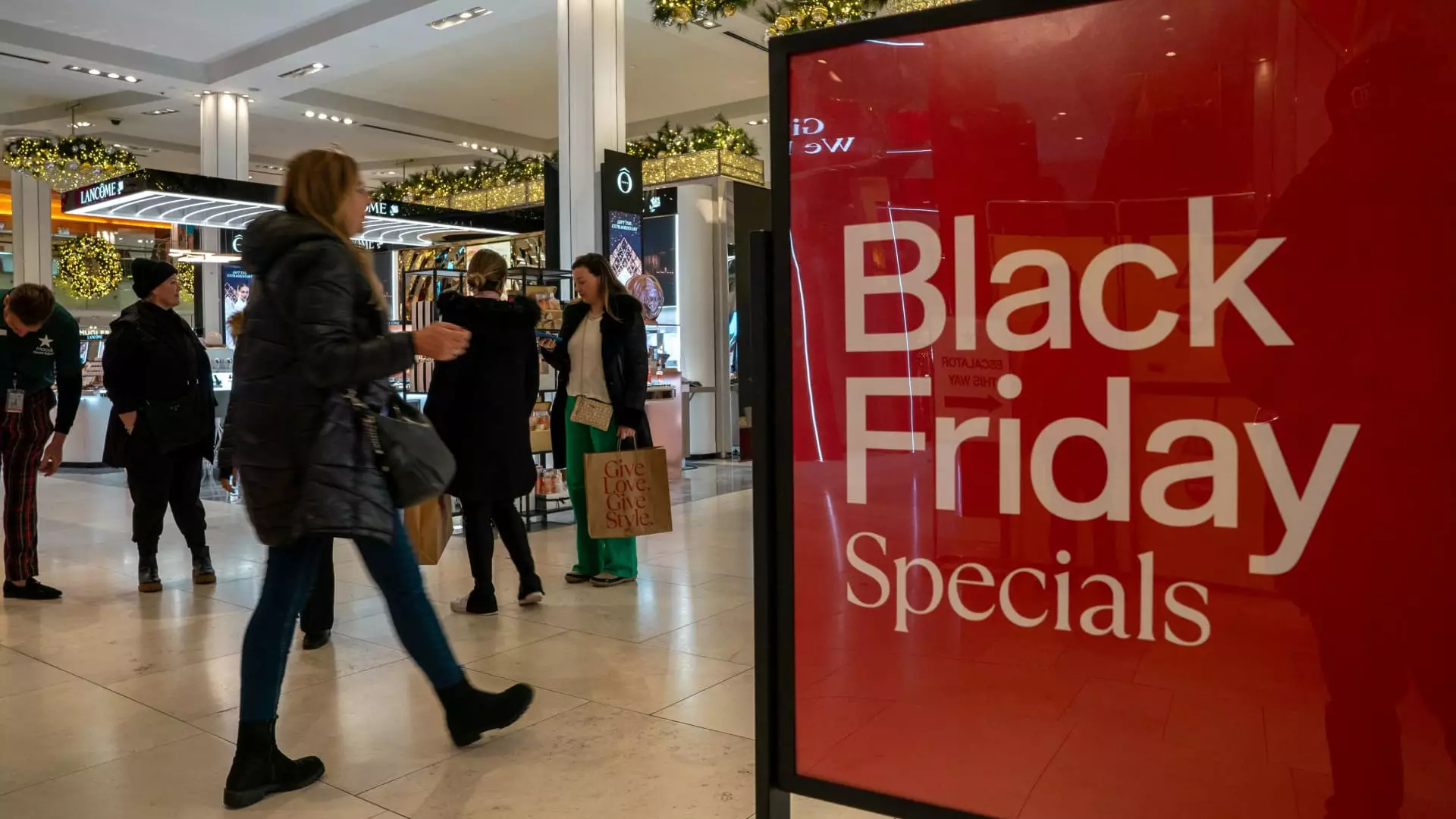Impulse spending has long been recognized as a significant barrier to financial stability for many consumers. It’s the urge to purchase items not out of necessity but rather due to fleeting emotions or attractive advertisements. Amidst the chaos of festive seasons and ongoing sales, this form of spending spikes, leading individuals into unwanted debt. Consumer savings expert Andrea Woroch champions the concept of “slow shopping” as an antidote to this impulse phenomenon, advocating for a more deliberate approach to purchasing decisions.
Slow shopping is not merely a trend; it’s a philosophy that encourages consumers to take a step back and contemplate their purchases. By allowing oneself ample time to evaluate whether an item is a genuine need or just a transient desire, shoppers can significantly reduce the likelihood of regretful buying decisions. Woroch emphasizes the importance of moving past initial emotional responses—such as excitement about a sale or a catchy advertisement—allowing for a more rational analysis of whether the purchase truly justifies its cost.
In an age where online shopping is omnipresent and spurred by time-limited promotions, slow shopping provides a refreshing respite. It invites individuals to detach from the fear of missing out (FOMO) and reconsider their buying urges. By taking time to reflect on their purchases, consumers can better align their spending with their actual needs, leading to enhanced financial health.
One of the most advantageous aspects of slow shopping is the ability to strategically time purchases for optimal savings. By utilizing tools such as price-tracking browser extensions—like CamelCamelCamel or Keepa—shoppers can monitor price fluctuations and seize opportunities for better deals. Instead of making hasty decisions prompted by current emotions, consumers can wait for prices to drop, securing better financial outcomes.
Moreover, slow shopping facilitates a more effective approach to affording larger items. Instead of resorting to credit for expensive purchases that can lead to accumulating debt, consumers can give themselves time to save. This waiting period not only ensures better budgeting but also enables shoppers to explore various options, potentially leading to discoveries of higher quality products at more competitive prices.
As the economic landscape shifts, slow shopping is gaining traction among a significant percentage of consumers. A recent survey by Affirm indicates that 73% of respondents have adopted slow shopping practices, particularly in anticipation of the holiday shopping season. Around 60% of individuals reported starting their shopping earlier and being more selective about their expenditures, showcasing a collective movement towards caution amid increased consumer spending expectations.
Such shifts are crucial, given the rising trends in credit card debt—currently estimated at a staggering $1.14 trillion. As holiday spending approaches, projected figures indicate consumers may spend between $979.5 billion to $989 billion during this period, with each shopper expected to spend around $1,778 on average. These numbers underscore the urgency of adopting mindful spending habits to avoid the pitfalls of unchecked impulse spending and financial distress.
Cracking Down on Impulse Purchases
Despite the merits of slow shopping, the temptations of holiday sales and promotional strategies can still lure consumers into impulsive buys. Reports show that a significant percentage of adults—54%—indulged in at least one impulse purchase last holiday season, with many driven by perceived deals and discounts. Hence, it becomes essential for consumers to not only embrace slow shopping but to implement structured plans for their shopping endeavors.
Griffin, from Experian, highlights the necessity of creating a thorough shopping list. This approach allows consumers to prioritize needs while staying grounded, thereby mitigatively reducing impulse buys. Additionally, allocating funds into a dedicated holiday budget can provide a more tangible sense of spending freedom. When shoppers utilize saved funds specifically for holiday expenses, they can indulge without the anxiety of accruing credit card debt.
The rising trend of slow shopping reflects a shifting consumer mindset—one that values mindfulness and deliberation over hasty purchasing decisions. The economic environment demands a reassessment of traditional shopping habits, making space for reflective practices that shield consumers from the pitfalls of impulse spending. By strategically planning purchases and utilizing savings tools, individuals can maintain better financial health while enjoying the holiday seasons ahead. Adopting slow shopping can lead to not just smarter purchases, but also a more fulfilling shopping experience overall.

